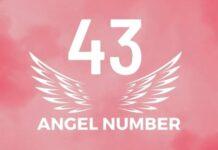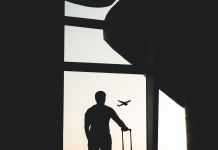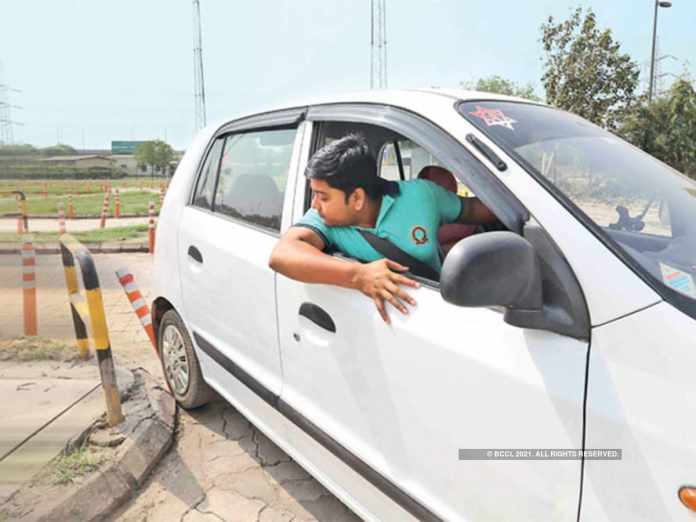The pandemic has affected everyone’s daily lives, from the way we travel and communicate to the way we work; this has been a year and a half like no other. Since restrictions have been enforced and governments have gone back and forth over the dos and don’ts of lockdown life, many events and memorable moments have been on hold, one such event is that of taking the driving test. Within this article we will look into the data surrounding the post-pandemic driving test, details of what a driving test post COVID may look like, and provide some top tips to help prepare for testing day.
Table of Contents
Driving Test Data Post Pandemic
According to research undertaken by LeaseCarUK each year there’s around 1,632,000 driving tests in the UK alone, but 2020 presented a different story. From April 2020 to December 2020, 436,044 driving tests were conducted, which equates to only 26% of the tests usually completed each year. This leaves 1,624,680 tests moved into 2021, meaning there is a large backlog of people waiting to take and pass their driving test.
Based on these figures, budding drivers may have to wait a considerable length of time before they can gain their license. However, this does mean they can spend extra time preparing for their test and getting used to new driving rules.
Updated Driving Rules Due to COVID
Most regulations that relate to driving during the pandemic refer to health and safety rather than changes to the way we drive. The biggest difference is that of wearing face coverings when in the vehicle with a driving instructor or as a passenger. This change may not seem like too big a deal, but when it comes to driving for one to two hours, wearing a face covering t can become irritating.
Wearing a face covering whilst undertaking a driving test is important but it shouldn’t affect driving abilities. If this is a worry then simply ask for time to stop for a breather due to wearing the face mask. The other option is to ensure all practices are undertaken wearing a face covering.
Driving Tips
Junctions
One of the biggest mistakes learner drivers make is not being observant enough at junctions. To avoid falling victim to this, approach the junction at a safe speed, look for oncoming traffic from any possible route and be confident at judging the speed of others.
Observation
As well as being observant at junctions, ensure you also keep a close eye on road signs and markings. Even though you may have driven on the testing roads before, it’s important that you know which lane you need to be in when approaching junctions and roundabouts, and also the speed limit. This may seem obvious but occasionally these signs and markings can be missed.
Also, familiarise yourself with default road regulations such as the lamppost rule in built up areas where street lamps are 200+ yards apart, the speed limit is 30mph.
Mirrors
When changing direction, slowing down, moving off or overtaking ensure mirrors are checked, this may seem obvious but it is actually the second most common mistake according to data from the DVSA. Many learner drivers only check mirrors by moving their eyes so make sure you check your mirrors in an obvious way – in case it’s missed!
There is a lot to consider before and whilst taking a driving test and it can be overwhelming but the best thing to do is to stay calm and confident. Then all that’s left to do is choose your new car – how exciting!


















